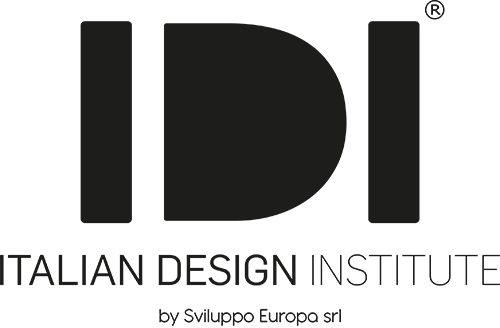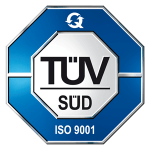The book 'Interior Design - From Concept to Project'. by Tomris Tangaz, published by Hoepliwhich we use during our master classes, suggests the drawing materials useful for the realisation of a project. For those who want to become an interior designer, the choice of appropriate tools allows one to identify a personal drawing style, to use different graphic techniques capable of representing various materials and, finally, to produce quality figurations.
Paper
It sounds trivial but it is not. The choice of the type of paper to be used is very important both in economic terms and in terms of practicality. For the creation of sketches, plans, layouts and annotations, it is advisable to use office paper, which is cheaper than glossy paper and has good transparency for overlaying drawings. Glossy paper, on the other hand, which is considerably more expensive, should be used for the final presentation. Its quality varies according to weight: the highest is 190 g, a good one for any use is 120 g.
Graphite lead pencils
For sketches, freehand drawings or project layouts, it is generally best to use a wooden pencil with a sharpened graphite lead with a razor blade to ensure a better line quality. Its weight varies to provide different degrees of hardness: 4H or 2H should be used when drawing hard to medium-hard lines. An F or H should be used for details, precise layouts and for titles, an HB (softer) for marked lines.
Pencil holder
This type of pencil is used by those with greater skill and experience because it allows more or less intense strokes. The lead should be sharpened to have a long conical point, and it is advisable to rotate the pencil while drawing lines, to obtain a quality stroke, and always draw the line from bottom to top or from left to right without pressing the pencil, thus avoiding breaking the lead or ruining the page.
Snap-off pencil
Used for making lines of a constant thickness, e.g. o.5 mm, they must not be sharp. To mark the line, you can trace the line or use 0.3 mm, 0.7 mm and 0.9 mm leads. Between the drawing materials, the snap-action pencil is the easiest to use because it is easier to control.
Technical drawing pens
To ensure accurate, clear and precise lines, technical drawing pens are ideal. The flow of ink is regulated by the tubular metal tip, the most delicate part of the pen. They too come in different sizes and it is advisable to use them from left to right and from top to bottom. Store them with the tips pointing upwards.




